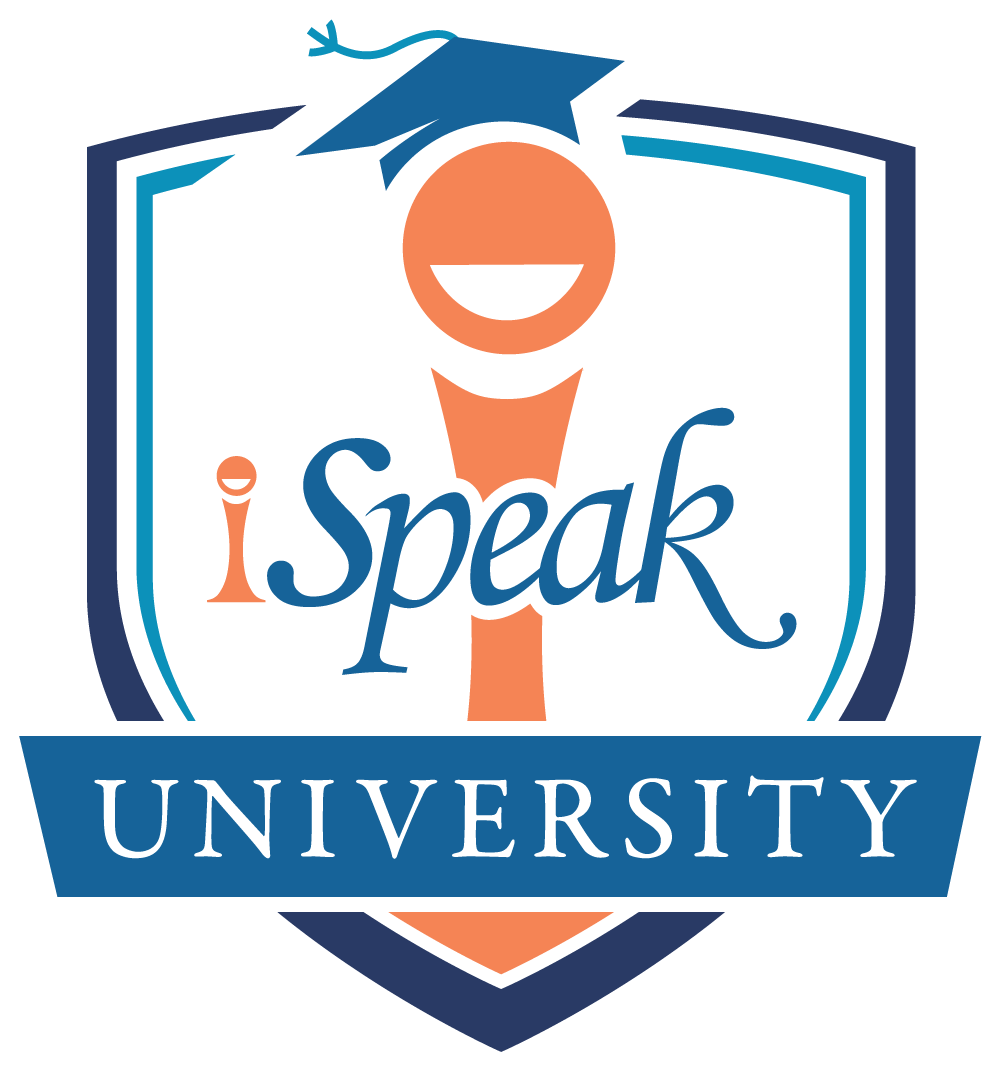

2) Digital twins reduce effort in setting up a control strategy Additionally, using applications such as parameter sensitivity analysis, risk assessments can become a data-driven exercise, based on thousands of simulations within a judged range, removing some of the subjectivity inherent in risk management. This leads both to reduced experimental workload as well as well as deeper knowledge of the design space. The twin may explore early design space, suggesting further experimental designs, and then training on the new data iteratively.
Starting with the very first data in early process development, the presence of a digital twin can drastically alter the industrialization pathway. The following sections depict the four principle pillars of bioprocessing digital twin applications: 1) Digital twins cut costs in bioprocess development The benefits are derived only with the applications stemming from the availability of this centralized model. The build-up of the digital twin, while a triumph by itself, is actually only the first step. What is the application of a Bioprocess Digital Twin? At Exputec, we refer to this as the “Integrated Process Model (IPM).” Attached to the IPM, is the ability to simulate the process within estimated variation in order to gain access to enormous amount of output data without having to perform a single run at scale. And they can predict critical quality attributes and key performance indicators throughout the process chain.Ĭoncretely, the digital twin’s inner workings are a concatenation of all available models, (mechanistic or statistic), in their correct process-sequence order. They make use of merged ODE, PDE, MLR and bayesian statistical models. It’s models train on PAT data, quality data, and time-series SCADA data. It runs in real-time or in batch mode, incorporates development and current manufacturing data. In more detail, the bioprocess digital twin is a comprehensive, integrated mathematical model of the complete process chain. Enabling automated model maintenance by application-oriented model diagnostic measures, APACT 2018 - Advances in Process Analytics and Control Technology 2018 Conference (2018) 1Kroll, P., et al., Workflow to set up substantial target-oriented mechanistic process models in bioprocess engineering.
Ispeak 9781259159497 full#
It would be only a slight exaggeration to say the digital twin is a full process-assistant who has access to all historical data and present process conditions, and who can simulate the future based on all active models and settings. And we must come to terms with how the application of this technology changes the way we do bioprocess development, process validation, and GMP manufacturing. This is the future, right? Yes, but there are a lot of steps to develop in current modelling techniques and simulations before the technology becomes the standard.
Ispeak 9781259159497 software#
He addressed the software as “Twin” and the two calmly saved millions of dollars within seconds.

Colin Harris interacted with a voice-activated software to remotely mitigate damages to a wind turbine on the other side of the world. The idea is not completely new: in 2016, Colin Harris, VP of Software Research at GE presented a tool for industrial processes that was positively fascinating. However, the foundation for such fantastical notions are already well established in many industries, and increasingly, in Bioprocessing as well. The concept of the digital twin sounds like science fiction: a complete digital representation of your process or system, along with all the flexibility to play with simulations, creating feedback, and targeting optimizations.


 0 kommentar(er)
0 kommentar(er)
